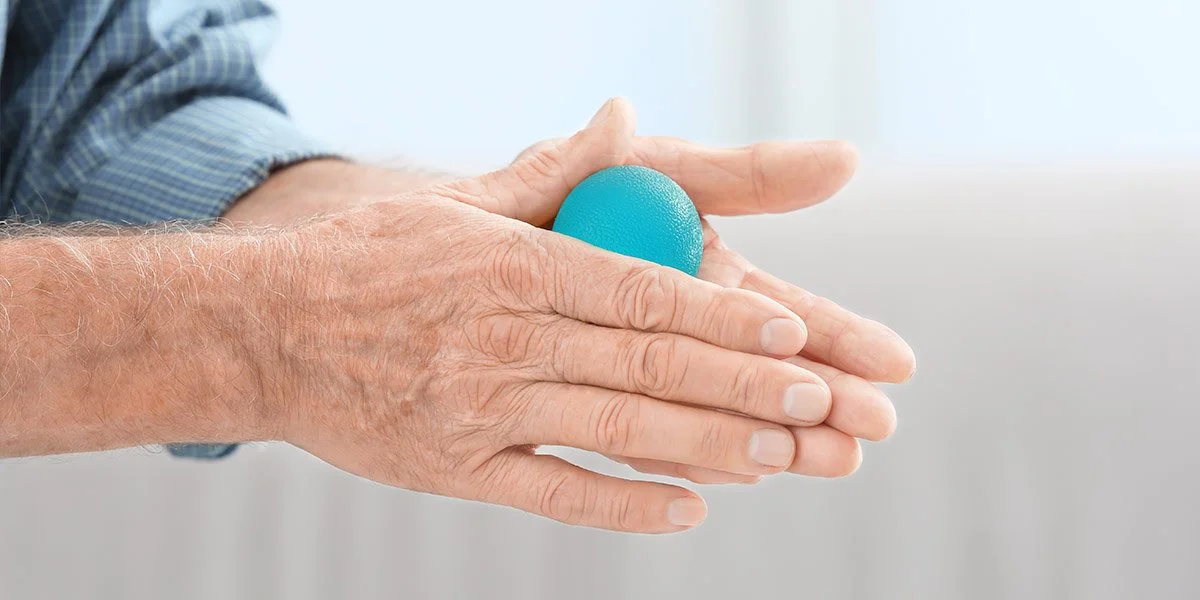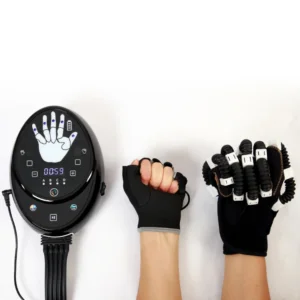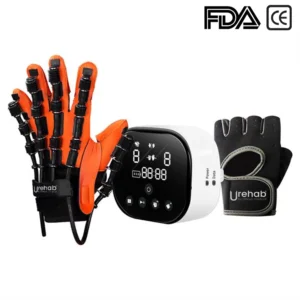Post-stroke hand exercises are used as an intervention to improve mobility and strength of the hand, thereby improving functional capacity.
Post-stroke hand exercises may include
Mobilization exercises:
Increases or maintains a range of motions.
Strength exercises:
using use putty, gel ball, or resistance with an elastic band to strengthen hand and wrist muscles.
There are many other conditions that can affect the hands and require exercise as an intervention to help patients independently perform ADL activities and increase grip strength.
Examples of conditions: Osteoarthritis is the most common joint disease and most commonly affects the hands. This disease causes pain in and around the affected joints, as well as swelling, stiffness, deformity, and gradual loss of function. Therefore, the ability to perform daily tasks can be impaired or lost.
A randomized controlled trial conducted in 2015 found that manual exercises were well tolerated and significantly improved activity performance in HOA women with rheumatoid arthritis.
Grip strength, pain, and fatigue are the most common polyarthritis. It affects 1% of the population. Most RA patients often experience hand and wrist problems, such as swelling, deformity (swan neck deformity), pain, weakness, and limited mobility, resulting in loss of mobility.
On the other hand, stroke survivors can resort to technology and robotics. At Vendra Medical we offer our clients the opportunity to use robotic rehabilitation gloves to exercise their impaired hands.
The Portable Rehab Gloves: Vrehab-M2 & Portable Rehabilitation Robotic Gloves: Vrehab-M1 enable patients to use passively or actively practice the mobilization and strength exercises with the click of a button.



